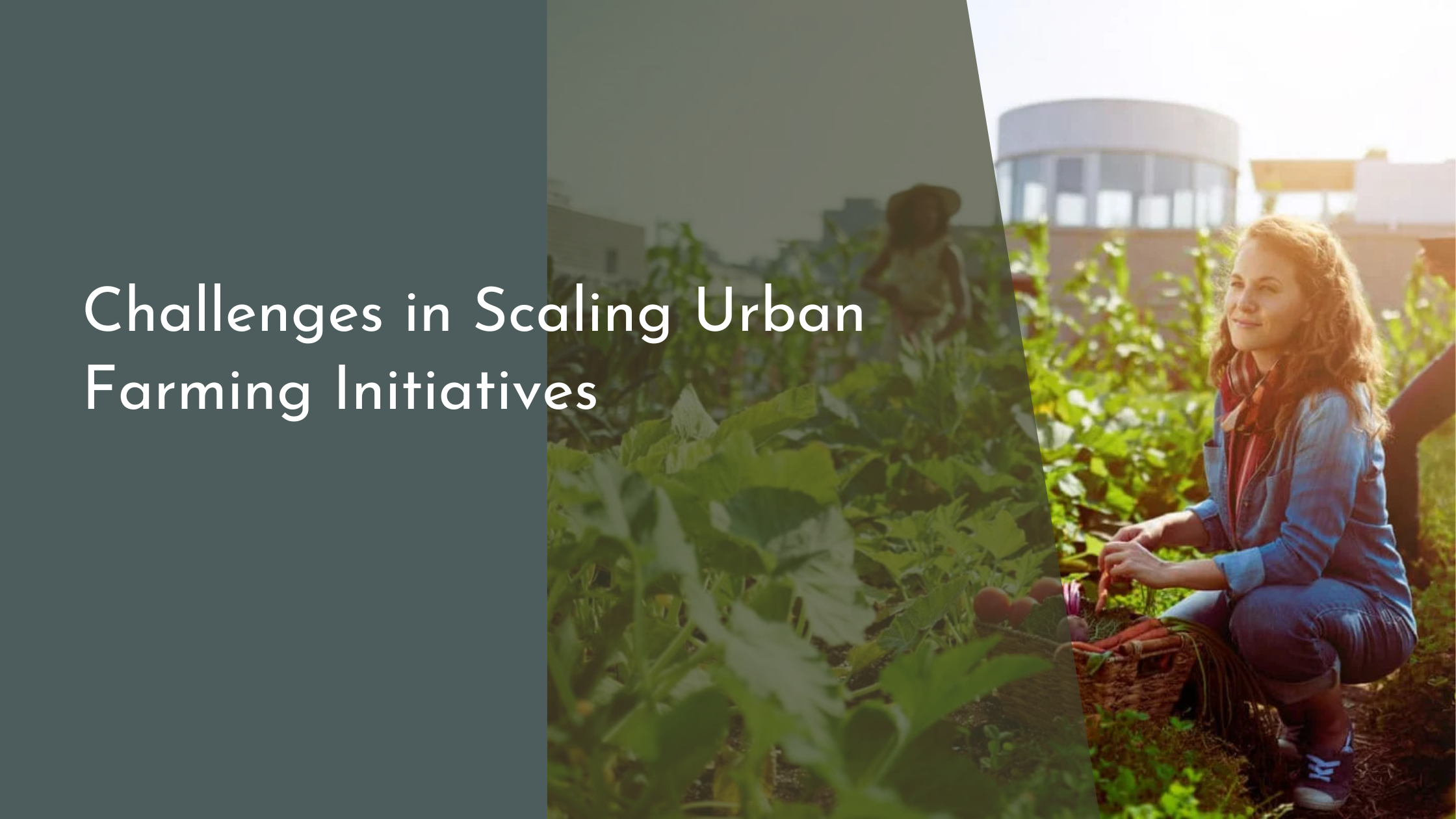Challenges in Scaling Urban Farming Initiatives
Urban farming has emerged as a promising solution to address food security, environmental sustainability, and community enrichment within rapidly growing cityscapes. As more cities worldwide embrace this green revolution, they face various challenges in scaling these initiatives to make a meaningful impact. This article explores the dynamics of urban farming, technological hurdles, regulatory landscapes, and the path forward for cultivating a green future.
Understanding Urban Farming Dynamics
Urban farming, a concept rooted in the integration of agricultural practices within urban environments, offers fresh produce, reduces carbon footprints, and revitalizes urban communities. However, understanding the unique dynamics of urban farming is crucial for scaling these initiatives effectively. Urban spaces are often limited and fragmented, requiring innovative solutions to maximize the use of rooftops, vacant lots, and vertical spaces. Integrating these spaces into a cohesive farming ecosystem involves careful planning and coordination to optimize yield and ensure sustainability.
Community involvement is another vital aspect of urban farming dynamics. Engaging local residents and stakeholders can transform these projects from mere agricultural endeavors into community-centric initiatives. Encouraging community participation not only helps in maintaining farms but also promotes social cohesion and a sense of ownership. Education and awareness programs can further empower residents, equipping them with the knowledge and skills needed to sustainably manage urban farms. However, achieving widespread community involvement presents a challenge, as it requires consistent outreach and engagement efforts.
Technological Hurdles and Innovations
Technology plays a pivotal role in enhancing urban farming, offering innovative solutions to traditional agricultural problems. However, integrating cutting-edge technology presents its own set of challenges. Urban farmers often face financial constraints that limit their ability to invest in advanced technologies such as hydroponics, aquaponics, and automated systems. Additionally, there is a learning curve associated with adopting these technologies, requiring farmers to acquire new skills and knowledge. Bridging the gap between technological availability and affordability is crucial for scaling urban farming initiatives.
Despite these challenges, technological innovations continue to revolutionize urban farming. Vertical farming systems allow crops to be grown in stacked layers, maximizing space utilization in dense urban areas. Smart farming technologies, including IoT devices and data analytics, help monitor and optimize growing conditions, improving efficiency and reducing waste. Community-based tech initiatives, such as shared farming apps and platforms, facilitate resource sharing and knowledge exchange among urban farmers. By leveraging these innovations, urban farming can overcome some of its most significant technological barriers.
Navigating Policy and Regulatory Landscapes
The policy and regulatory environment significantly influences the scalability of urban farming projects. Urban farmers must navigate a complex web of zoning laws, land-use regulations, and environmental standards. In many cities, existing policies are not conducive to urban agriculture, creating barriers for new projects. For example, zoning restrictions may limit the use of certain urban spaces for farming, while stringent environmental regulations might impose additional costs and compliance challenges. Advocacy and policy reform are essential to address these barriers and create a supportive framework for urban farming.
Collaboration between policymakers, urban planners, and farming communities can foster a more conducive regulatory environment for urban agriculture. Cities that have successfully scaled their urban farming initiatives often have policies that promote land access, provide incentives for green projects, and support community-led initiatives. Developing clear guidelines and providing financial support can encourage urban farming while ensuring compliance with health and safety standards. By aligning policies with the goals of urban farming, cities can unlock the potential of these green initiatives.
Conclusion: Cultivating a Green Future
As urban centers continue to grow, the importance of sustainable food systems becomes increasingly apparent. Urban farming holds the promise of transforming cityscapes into green, self-sustaining ecosystems, but scaling these initiatives requires overcoming significant challenges. By understanding the unique dynamics of urban farming, embracing technological innovations, and navigating complex policy landscapes, cities can create a supportive environment for urban agriculture. With concerted efforts from communities, technologists, and policymakers, the vision of a greener, more sustainable urban future is within reach.

